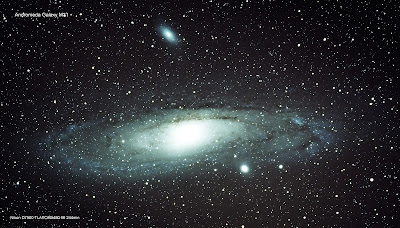Picture taken with ZWO ASI224MC on TAL 200K/f8.5 and ADC and Barlow X2. Stacking with AutoStakkert and final editing using CS4.
Pascal Hilkens Astro Home Page
Wednesday, November 4, 2020
Saturday, October 31, 2020
Halloween Sunspots
The Sun is active again as we can see some sunspots. Two group of sunspots (AR2778& 2779) can be found near the limb of the Sun.
The picture is a combination of two pictures, both with Nikon D7500 and TAL200K f/8.5:
The picture is a combination of two pictures, both with Nikon D7500 and TAL200K f/8.5:
1) Solar film ND5, ISO 500, 1/800s
2) Solar film ND5 and Solar Continuum filter, ISO 800, 1/80s
Stacking is done with CS4.
Tuesday, October 27, 2020
Supernova SN2020rcq
UGC 6930 (Uppsala General Catalogue of Galaxies) is part of the M109 group and located in constellation Ursa Major and about 50million ly away from Earth. The galaxy shows an "extra" star which is a supernova (SN2020rcq). The picture was taken with COAST C14 f/11 telescope on Tenerife. Exposure time 120 and no filters. I embedded a picture of UGC6930 from Simbad to compare with the Coast picture.
Saturday, October 24, 2020
The Making of my Andromeda M31 astropicture
I made a powerpoint presentation about the learnings of the making of my astropicture M31 Andromeda Galaxy. Click at the picture to download the powerpoint presentation.
New Bright Comet Atlas C/2020 M3
After the great comet Neowise C/2020 F3 this summer there is now good news. We will be seeing again a bright Comet, Atlas C/2020 M3. Not as bright as C/2020 F3 but still worthwhile to get out. It's currently mag 8.5 and increasing. The comet was discovered at magnitude 19 on June 27, 2020, by the Asteroid Terrestrial-Impact Last Alert System or ATLAS..
It's currently visible in constellation Lepus and moving toward Orion. For more information see The SkyLive.
It's currently visible in constellation Lepus and moving toward Orion. For more information see The SkyLive.
Subscribe to:
Comments (Atom)







